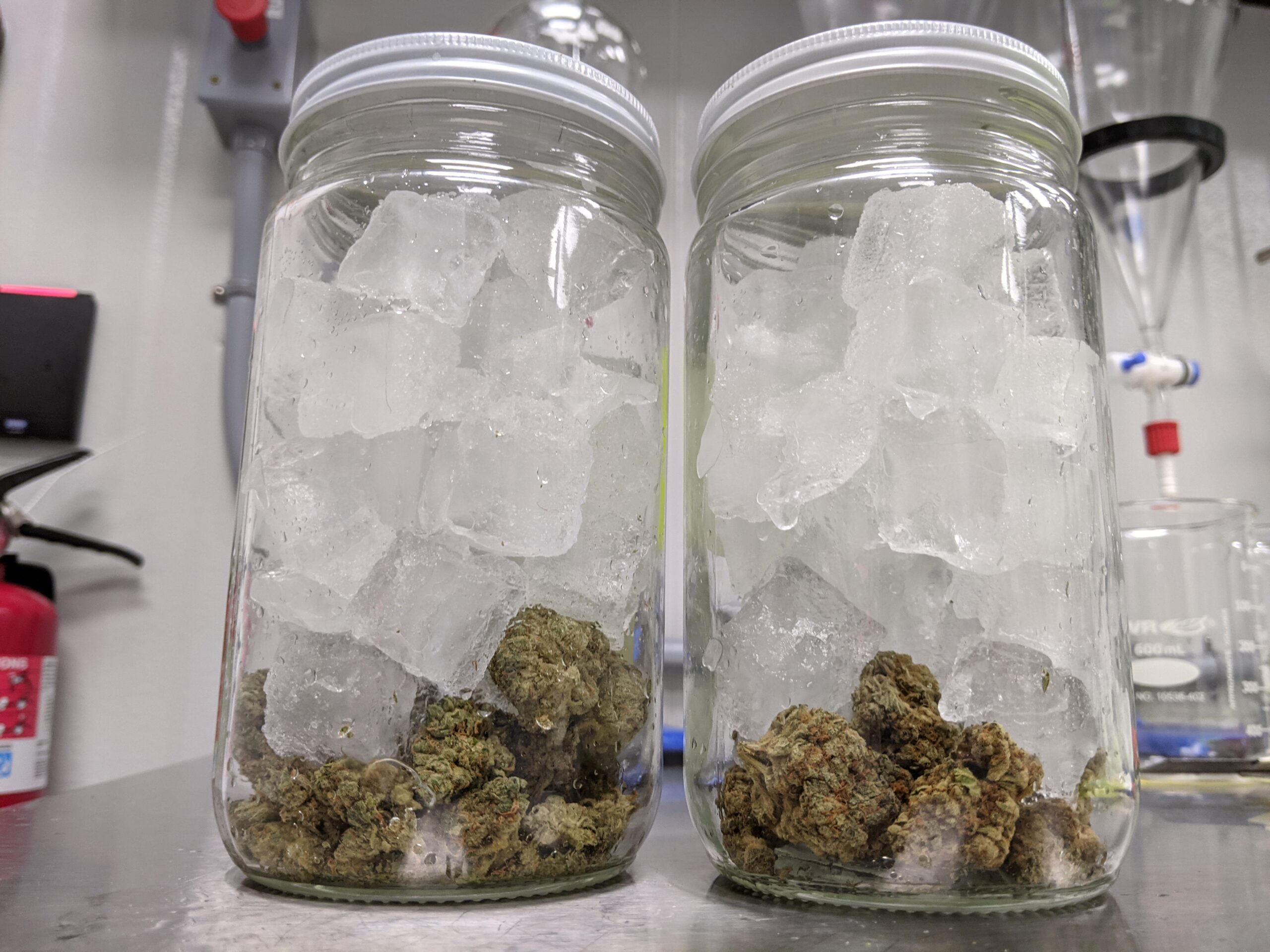Same, used to dry in front of a fan or AC unit clothes lines across the house or paper bags one the stems close to snapping. Really depends on your situation. This last two weeks is the first time in months the humidity has been below 75%  def prefer the cool 60F and 45% RH
def prefer the cool 60F and 45% RH
The plants dont seem to mind much either way, the occasional mold magnet you just can let go....
I dig my imperfect world, so new drying methods and long term storage methods will prevail
Took some getting used to the weather patterns.
The cold highlands and the desert folks seem to have no issues
Coastal Maritime ...

Attached Dimensions of Ripeness Parts 1 &2
Parts 1 &2
 drive.google.com
drive.google.com
 drive.google.com
drive.google.com
The plants dont seem to mind much either way, the occasional mold magnet you just can let go....
I dig my imperfect world, so new drying methods and long term storage methods will prevail

Took some getting used to the weather patterns.
The cold highlands and the desert folks seem to have no issues
Coastal Maritime ...
Attached Dimensions of Ripeness
WW123+Dimensions+of+Ripeness.pdf
 drive.google.com
drive.google.com
WW124+Dimensions+of+Ripeness+P2.pdf
 drive.google.com
drive.google.com
Attachments
Last edited:





















 high yield
high yield
